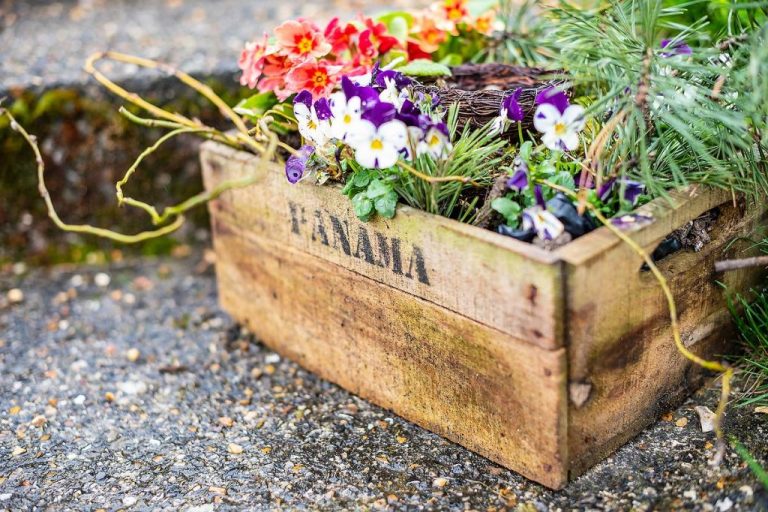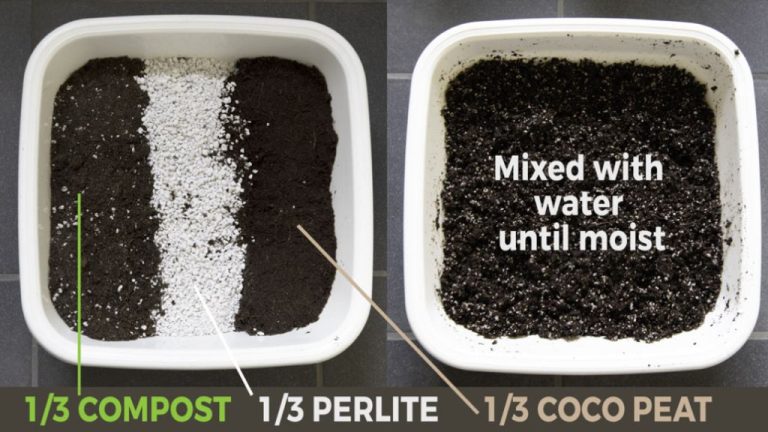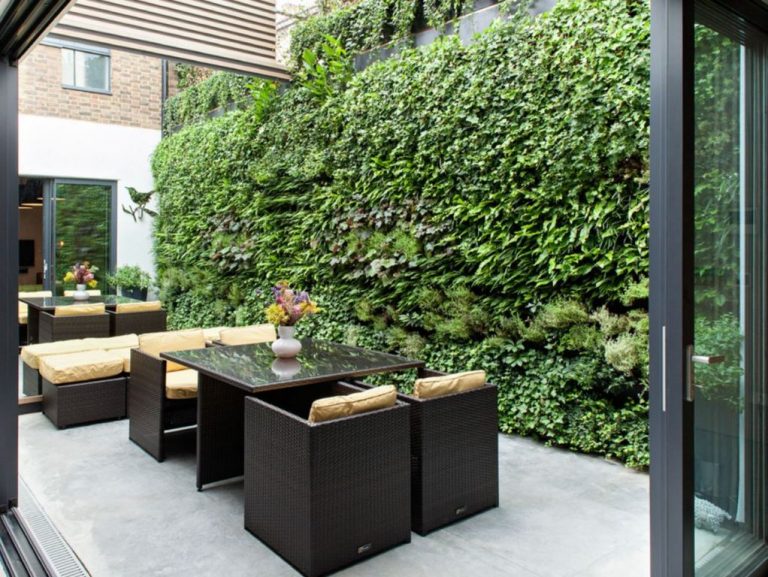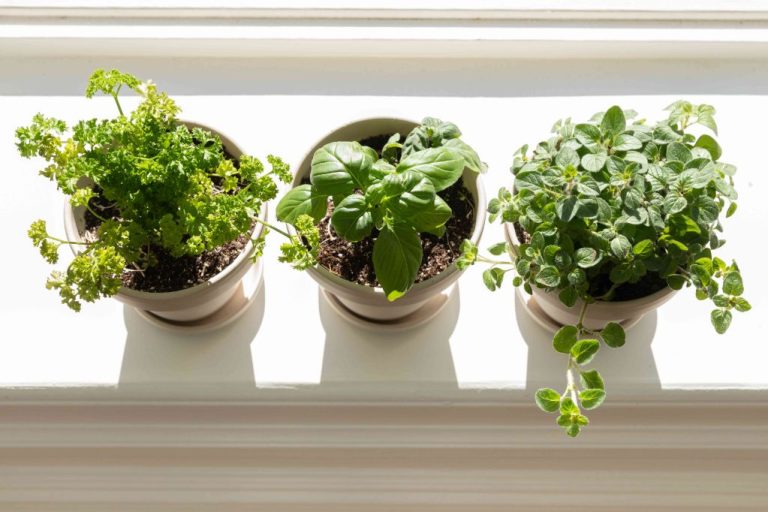Diy Vertical Hydroponic Gardens: Growing Up In Urban Spaces
Hydroponics is a method of growing plants without soil, using nutrient-rich solutions in a water solvent instead. The earliest records of hydroponic farming come from the hanging gardens of Babylon and the floating gardens of the Aztecs (Princeton). The benefits of hydroponics include the ability to grow crops year-round, higher yields, fewer pest and disease problems, and the ability to cultivate produce in places with poor soil or without access to land (NIH). Vertical hydroponic gardens utilize vertical space to maximize growth in small areas, making them ideal for urban environments. This article provides an overview of considerations for building a successful vertical hydroponic garden in an urban home or apartment.
Choosing a Location
When setting up a DIY vertical hydroponic garden, choosing the right location is crucial for the health and productivity of your plants. Ideal lighting conditions are one of the most important considerations. Most edible plants require at least 6 hours of direct sunlight per day for photosynthesis. For outdoor vertical gardens, pick a sunny spot that gets sunlight for the majority of the day. South-facing walls or fences work well. For indoor gardens, position the system near a bright, south-facing window (Source).
Proper access to water and drainage is also essential. Outdoor hydroponic systems should be located near an outdoor spigot or hose for convenient filling and draining of the reservoir. Indoor systems should be placed in an area with access to plumbing for water supply and drainage. Situate all vertical hydroponic units above ground with space below for collection trays or spare reservoirs (Source).
Finally, factor in considerations for maintaining ideal temperatures. Outdoors, look for a shaded area or partial cover to prevent overheating in summer (Source). Indoors, avoid hot spots near heating vents or appliances. Insulate reservoirs as needed to prevent freezing in winter.
Design and Materials
When designing a vertical hydroponic garden, you have two main options – build your own DIY design or purchase a premade kit. DIY designs allow for more customization but require sourcing all the materials yourself. Premade kits provide all the required parts but limit configuration options.
For a DIY vertical system, you will need long vertical structures like PVC pipes to stack multiple growing tiers vertically. Other required materials include growing containers like buckets or pots, a water reservoir, growing media like coconut coir or rockwool, plumbing supplies for irrigation, and lighting. Expect to spend $50-150 on materials for a small DIY tower. Larger custom designs can cost up to $500.
Premade vertical garden kits like the Urban Farmer kit or Tower Garden simplify the process by including most necessary parts like towers, containers, reservoirs and pumps. However, they limit the shape and number of vertical tiers. Premade kits range from $200 for smaller units up to $500+ for more advanced systems.
When choosing between DIY and premade designs, consider your budget, construction skills, and needed customization. Vertical gardens require less horizontal space than flat gardens, making them ideal for urban patios and balconies.
Growing Media
Growing media provides support for the plant’s roots and delivers nutrients, water, and oxygen. There are several types of growing media commonly used in DIY hydroponic systems:
Rockwool
Rockwool is a popular growing medium made from molten rock spun into fibers. It has excellent water retention capabilities and provides good aeration for plant roots (https://puregreensaz.com/growing-medium/). The downside is it can alter pH levels and must be pre-soaked before use.
Clay Pellets
Clay pellets, also called grow rocks, provide great aeration. The porous structure allows plant roots to breathe. However, they don’t retain moisture well and require frequent irrigation (https://www.epicgardening.com/hydroponic-growing-media/).
Coco Coir
Coco coir is a sustainable growing medium made from coconut husks. It has excellent water retention, drainage, and aeration properties. The neutral pH works well for most plants without adjustment needed.
Perlite
Perlite is a mineral that has been superheated into lightweight, porous pieces. It retains moisture while still permitting air circulation. However, perlite floats easily and must be contained.
Selecting Plants
When selecting plants for a DIY hydroponic garden, focus on fast-growing vegetables and herbs that thrive in the stable, moist conditions that hydroponics provides. Some of the best options include:
Lettuce – All varieties grow quickly and only need about 6 inches between plants. Leaf lettuce and romaine are especially productive.
Herbs – Basil, parsley, dill, and mint are compact, prolific, and highly flavorful when grown hydroponically. Allow 8-12 inches between herb plants.
Spinach – A cold-tolerant green that thrives with consistent moisture. Space spinach plants 8 inches apart.
Tomatoes – Grow well supported by strings in a hydroponic system. Allow 16-24 inches between plants.
Bell peppers – Produce abundantly in hydroponic setups. Space plants 12-18 inches apart for good air circulation.
When planning plant composition, reserve 50-60% of the grow space for salad greens, 30% for tomatoes and peppers, and the remainder for fresh herbs. This provides a robust harvest of produce for continual harvesting.
Nutrient Solutions
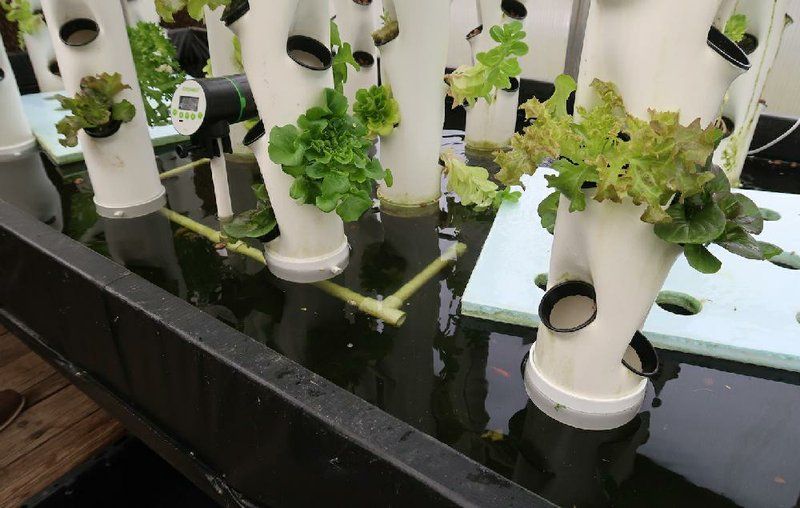
The nutrient solution is one of the most crucial components of a hydroponic system. This liquid mixture contains all the essential macronutrients (nitrogen, phosphorus, potassium) and micronutrients (iron, calcium, magnesium, etc.) that plants need to grow and thrive (Atlas Scientific, 2022). There are two main options when it comes to nutrient solutions for hydroponics:
Making your own solution from various dry fertilizers – This allows for greater control and customization but requires more effort to mix and maintain proper concentrations. Many hobbyists start here before transitioning to premade solutions.
Using a premade, commercial nutrient formula – Convenient and easy to use, but less flexibility. Most premade solutions are designed for generalized hydroponic growing. Popular brands include General Hydroponics, Botanicare, and Advanced Nutrients (Atlas Scientific, 2022).
No matter which type you use, monitoring and maintaining the pH of your nutrient solution is critical. pH indicates the acidity or alkalinity of the solution and affects nutrient availability for plants. Most plants grow best at a pH between 5.5 and 6.5. Use a digital pH meter to test your solution and adjust up or down as needed with pH buffers.
Maintaining the proper nutrient solution is vital for the health and productivity of any hydroponic system. Consider your goals, time, and budget when selecting premade vs homemade formulas. And remember to regularly check that your pH stays in the optimal range for your crops.
Lighting Considerations
Proper lighting is crucial for plant growth and development in hydroponic systems. Plants require light for photosynthesis, the process by which plants convert light energy into chemical energy to fuel plant growth. There are two main options for lighting hydroponic gardens – using natural sunlight or using artificial grow lights.
Natural sunlight is an economical option for lighting small hydroponic systems. However, the amount of sunlight that plants receive can fluctuate with the seasons and weather. For indoor hydroponic gardens, supplemental artificial lighting is required since natural light is limited indoors. Artificial grow lights allow the gardener to fully control the light intensity, photoperiod, and light spectrum the plants receive.
There are various types of grow lights used in hydroponics including high intensity discharge (HID) lights like metal halide and high pressure sodium, as well as fluorescent lights. However, light emitting diode (LED) grow lights are now commonly used because they are energy efficient and allow control over the light spectrum. Full spectrum LEDs that provide light in the blue, red, and orange wavelengths are ideal since they support all stages of plant growth.[1]
Photoperiod or the number of hours of light the plants receive is another important lighting consideration. Recommended photoperiods vary by plant variety and growth stage. Most plants require about 16-18 hours of light per day during the vegetative stage and 12 hours during the flowering/fruiting stage.[2]
Proper lighting is critical for plant health and growth in hydroponics. Carefully selecting suitable grow lights and configuring the correct photoperiod ensures plants receive sufficient light energy to power photosynthesis and growth.
Pest and Disease Control
Hydroponic systems can be susceptible to pests and diseases that can quickly damage plants. The most common pests include aphids, spider mites, thrips, fungus gnats, and root mealybugs. Diseases like root rot, powdery mildew, pythium, phytophthora, and botrytis are also common in hydroponics.
Prevention starts with cleanliness and sanitation of the system and growing area. Allowing the growing media like rockwool or coconut coir to completely dry between waterings can help prevent root diseases. Checking plants regularly for signs of pests and removing affected parts quickly can prevent spreading.
Many organic and natural treatments can help control pests and diseases in hydroponics. Neem oil is commonly used as both a preventative and treatment for many hydroponic pests and fungal problems. Introducing predatory insects like ladybugs can help control populations naturally. For chemical control, insecticidal soaps, horticultural oils, and fungicides like Actinovate may be effective options.
Proper environment controls like temperature, humidity, and airflow can also help prevent conditions that promote pests and diseases in hydroponics. Quick identification and integrated solutions are key to keeping plants healthy in enclosed hydroponic gardens.
Maintenance
Maintaining proper conditions in your hydroponic system is crucial for plant health and high yields. Monitor and test the water chemistry regularly. Key parameters to check include pH, EC/PPM, and temperature. Adjust pH to within the ideal range for your specific plants, usually 5.5-6.5. EC/PPM should be kept at optimal levels by adding more nutrient solution. Use a chiller or water changes to regulate reservoir temperature to 65-75°F.
Pruning and training techniques like topping, low stress training, and trellising allow for even light exposure and air circulation. Remove any dead or dying foliage and clean buildup on equipment. Change out the reservoir water every 2-4 weeks to prevent salt buildup and pathogen growth. Sanitize the system with a diluted bleach or hydrogen peroxide solution when switching crops.
Regular maintenance helps avoid problems like nutrient deficiencies, pH fluctuations, algae, and root rot. Investing some time into monitoring and upkeep leads to healthier plants and higher yields.
(Citations: https://www.agrowtronics.com/hydroponic-system-maintenance-quick-guide/,
https://floraflex.com/default/blog/post/how-to-maintain-your-hydroponic-reservoir)
Harvesting and Yields
Hydroponic gardening allows for more frequent harvesting than conventional gardening methods. Leafy greens and herbs can typically be harvested within 3-5 weeks after germinating. Many fruiting vegetables like tomatoes, cucumbers, peppers and beans can be ready to harvest in 8-12 weeks.
Expected yields from a hydroponic system vary based on factors like the size of your system, lighting, nutrition, and plant varieties grown. Research shows hydroponic systems can produce 20-25% higher yields than soil-based gardens. For example, one study found hydroponic tomato yields averaged 32 lbs per sq ft annually, compared to 25 lbs per sq ft in soil. Herbs and leafy greens can produce up to 20 lbs per sq ft annually in a hydroponic system.[1]
To maximize yields, fruiting vegetables should be pruned and trained for optimal growth. Plants should be monitored for pests and diseases and treated promptly if issues arise. pH and nutrient levels in the system should be checked weekly. Most hydroponic systems require 12-16 hours of light daily for highest production.
Harvest produce when ready based on variety – for example, peppers when fully colored and glossy, tomatoes when fully colored and slightly soft. Use clean utensils to cut produce from the plant. Leafy greens can be cut 1-2 inches above the base, allowing new leaves to continue growing. Store freshly harvested produce as you would conventionally grown fruits and vegetables. Surplus produce like tomatoes and pepper can be preserved by canning, freezing or drying.



